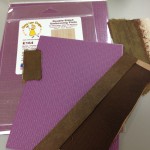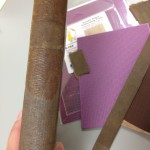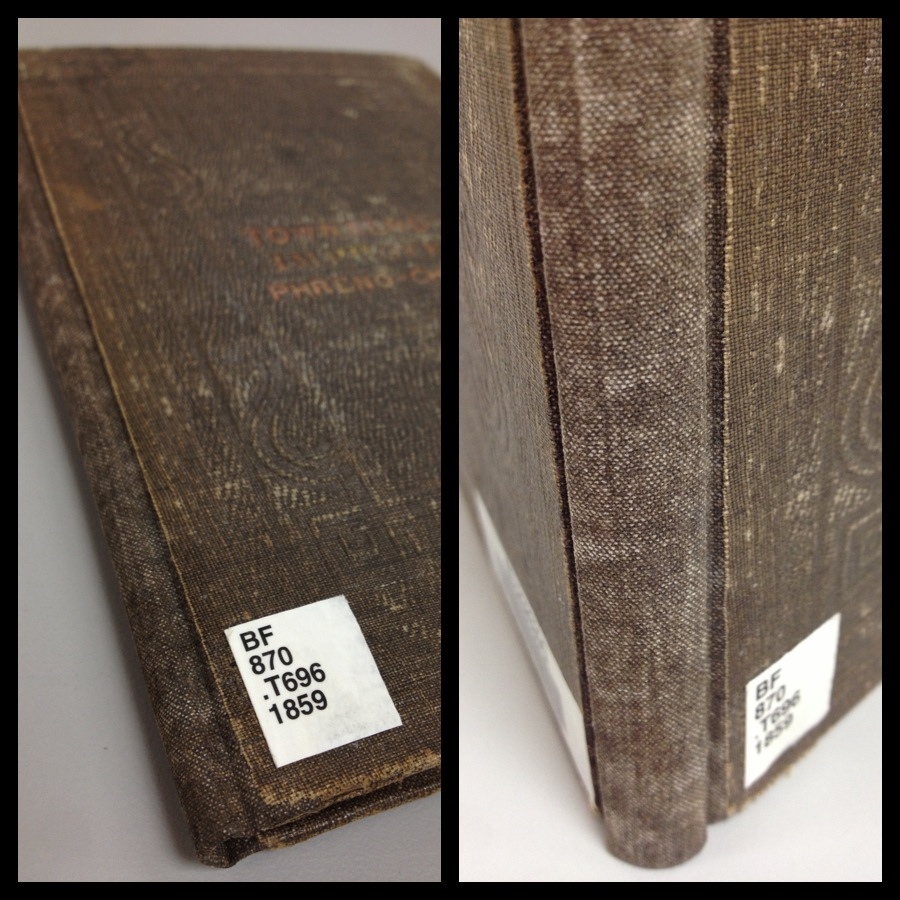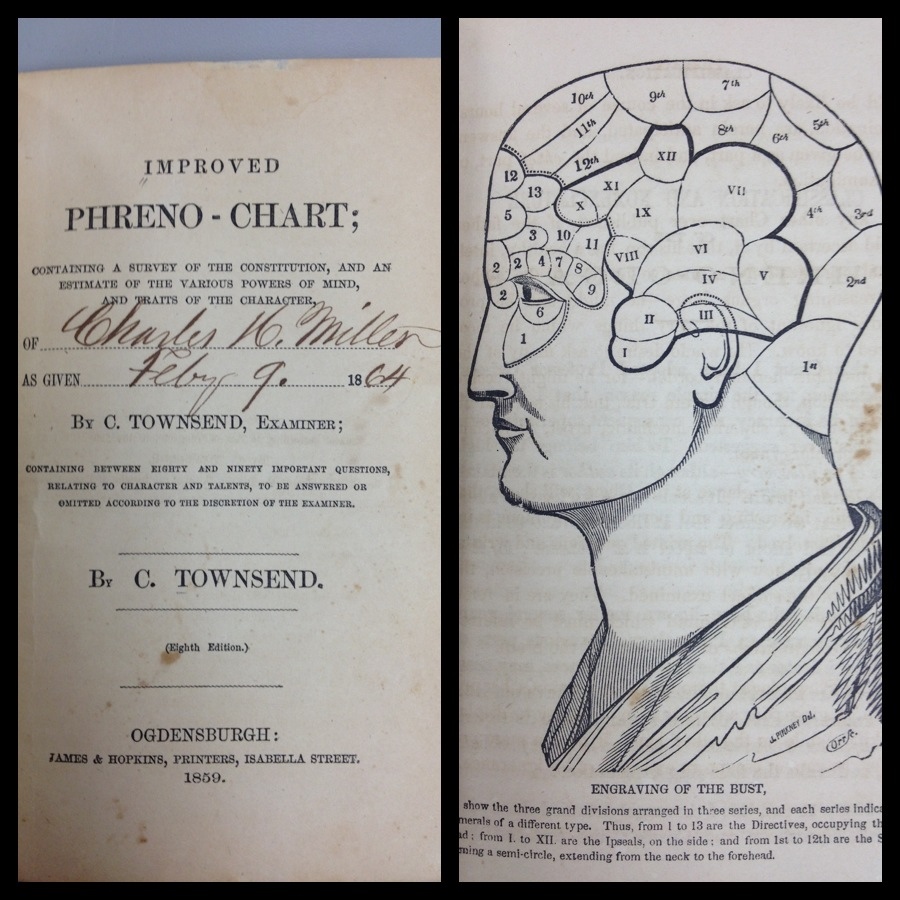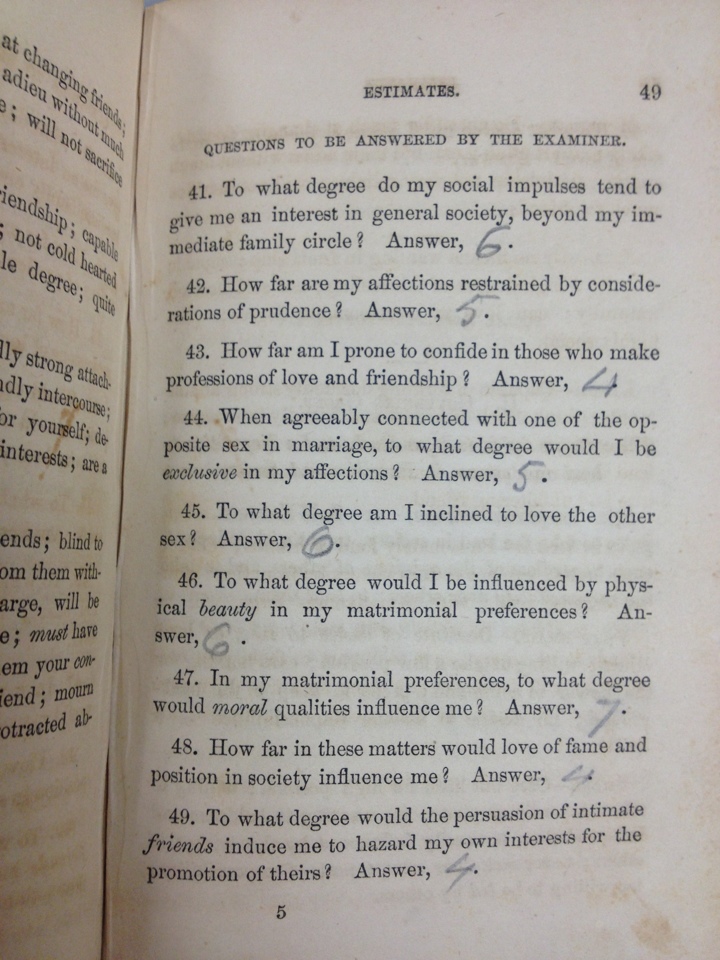
When I first started here we had a variety of skill sets on the staff. To help build our skills, share ideas and create a forum to ask questions, I started “Tuesday Tips at Two,” a weekly meeting with the staff. On Tuesdays we would gather and share tips and tricks on everything from turning corners on cloth clamshell boxes to controlling the curling of the endsheets when putting a new case on a text block.
Those weekly tip sessions have turned into monthly ones. Before our monthly staff meeting, if someone has a tip or wants opinions about how to solve a treatment problem, we gather as a group to learn from each other or to offer feedback.
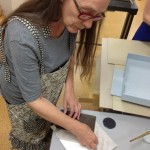
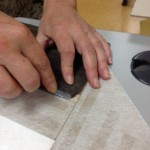
Last month we had a double-tip session. Mary presented a tip on using Japanese tissue and paste to fill lost corners on 19th Century publisher’s bindings, and Erin presented a tip on using embossing plates (sold in craft stores) to mimic the pressed-fabric you often see on 19th Century publisher’s bindings. It was an educational and fun tips session.
